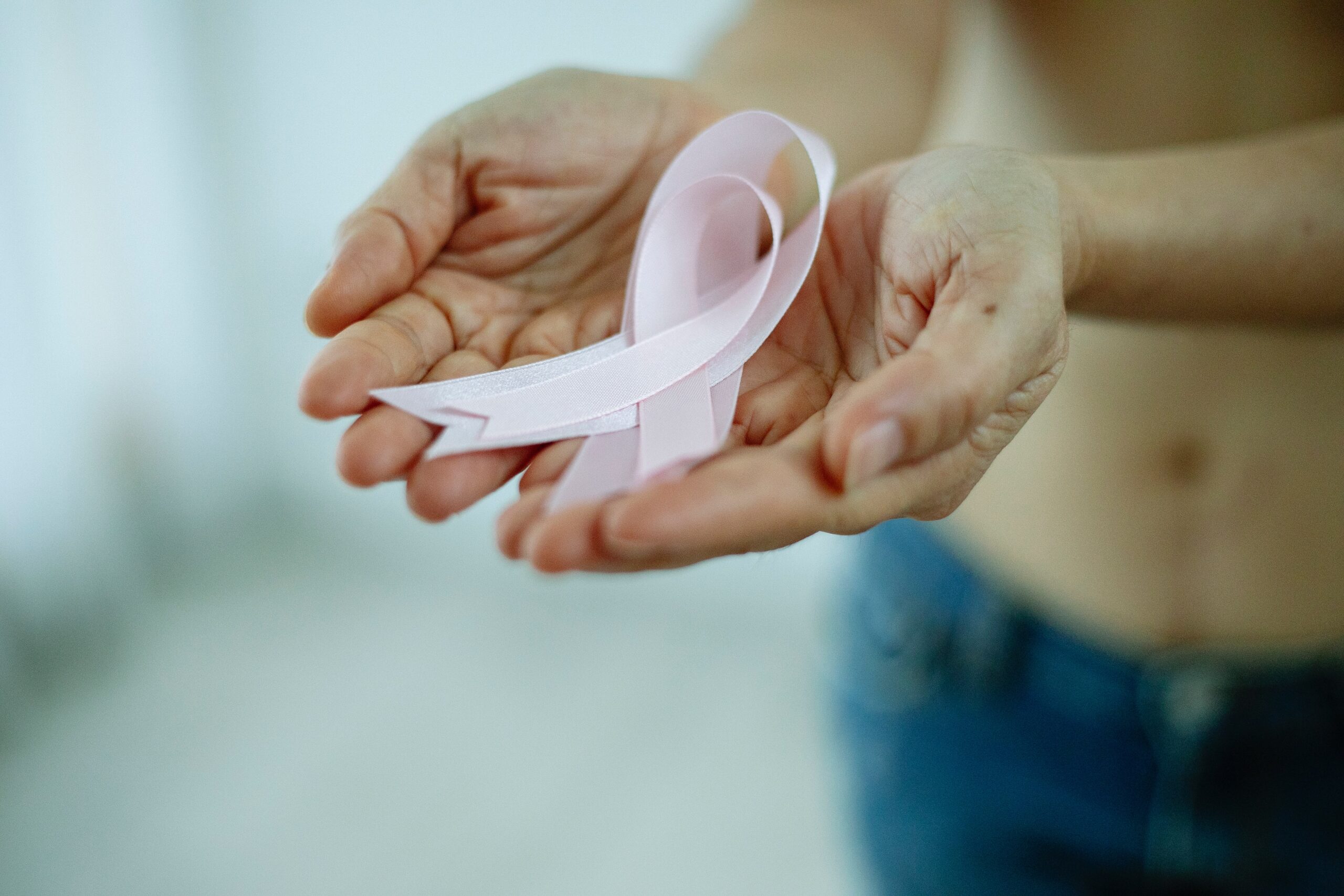Breast cancer is one of the most common forms of cancer affecting women worldwide. The good news is that early detection can significantly improve the chances of successful treatment and survival. Mammography plays a vital role in achieving this goal by providing a powerful tool for early breast cancer detection. This comprehensive guide will delve into the basics of mammography, its importance, how it works, what to expect during a mammogram, and why it’s essential for women’s health.
The Significance of Early Detection
Breast cancer is often highly treatable when detected in its early stages. Mammography is a key component of breast cancer screening, allowing healthcare providers to identify abnormalities long before they can be felt through self-examination or become symptomatic. Detecting breast cancer early can lead to less aggressive treatments, better outcomes, and improved survival rates.
Understanding the Basics
Mammography is a specialized X-ray imaging technique designed for breast tissue. It involves using a low-dose X-ray machine to capture images of the breast. These images, called mammograms, can reveal both benign and cancerous growths within the breast tissue. It is a valuable tool for detecting breast cancer in its earliest, most treatable stages.
The Procedure
Preparation: Before the mammogram, it’s best to avoid using deodorants, powders, or creams on the chest area, as they can interfere with the image quality. You’ll be asked to undress from the waist up and wear a gown provided by the imaging centre.
The Mammogram: A radiologic technologist will position your breast on the mammography machine’s plate during the procedure. A second plate will gently compress the breast to spread the tissue evenly. Compression is necessary to obtain clear images and reduce radiation exposure.
Multiple Views: To get a comprehensive view, two X-ray images are typically taken of each breast—one from top to bottom and one from side to side. This process is repeated for both breasts.
Minimal Discomfort: While the compression can be briefly uncomfortable, it should not be painful and lasts only a few seconds for each view.
Interpreting Mammogram Results
After the mammogram, a radiologist will carefully examine the images for any signs of abnormalities. If the mammogram appears normal, it’s considered negative. However, if there are suspicious findings, additional tests like ultrasound or MRI may be recommended to evaluate the area of concern further. Seeking further information about mammography, including the latest advancements and guidelines, can empower women to make informed decisions about their breast health.
False Positives and False Negatives
Mammograms, like any medical test, are not perfect. False positives can occur when a mammogram suggests an abnormality, not cancer, leading to unnecessary anxiety and further testing. Conversely, false negatives can occur when cancer is present, but the mammogram fails to detect it. This is why regular screenings and follow-up tests are crucial.
Digital Mammography and 3D Mammography (Tomosynthesis)
Digital mammography has become the standard in recent years due to its ability to provide clear images and ease of storage and sharing. Additionally, 3D mammography, or tomosynthesis, has become an even more advanced technique. It captures multiple images of the breast from different angles, creating a 3D-like view. This technology enhances the radiologist’s ability to detect abnormalities, particularly in dense breast tissue.
The Bottom Line
Mammography is an essential tool in the fight against breast cancer. By mastering the basics of this screening procedure, women can take control of their breast health and increase their chances of early cancer detection. Regular mammograms form a comprehensive approach to breast health and early cancer detection in conjunction with self-exams and clinical breast exams.
Remember that early detection can save lives. If you haven’t had a mammogram recently or are unsure when to start, consult your healthcare provider to create a personalized screening plan based on your risk factors and age. You can safeguard your breast health and well-being by staying informed and proactive.
